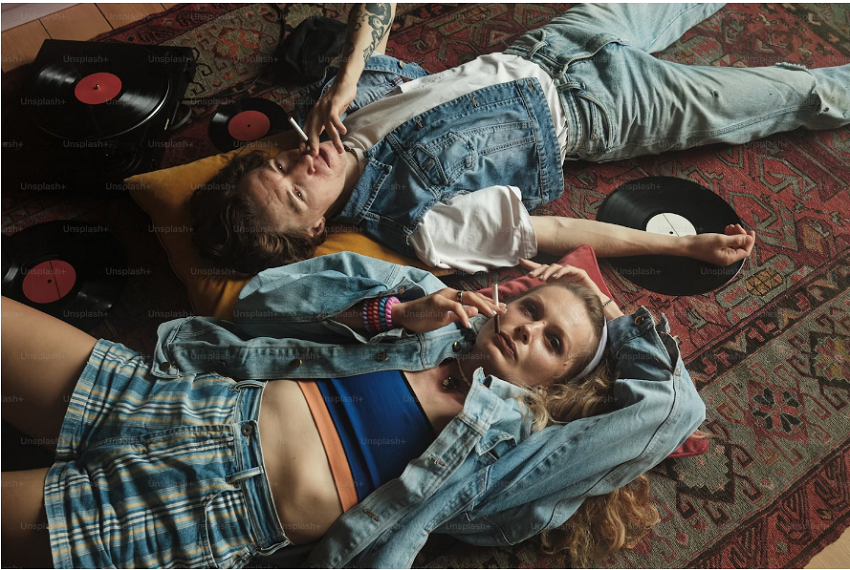Vintage fashion holds a unique charm that transcends time, offering a glimpse into past eras while influencing contemporary trends. From elegant dresses to iconic accessories, vintage clothing continues to inspire fashion enthusiasts with its craftsmanship, nostalgia, and enduring appeal. This article explores the allure of typical fashion, its evolution, key styles, and its impact on modern-day trends.
What is Vintage Fashion?
Vintage fashion refers to clothing and accessories that originate from a previous era, typically ranging from the early 1920s to the 1990s. It encompasses styles that are no longer in production but retain cultural significance and aesthetic value.
Rise in Popularity
In recent years, typical fashion has experienced a resurgence in popularity among fashion enthusiasts, collectors, and sustainability advocates. Its appeal lies in its uniqueness, quality craftsmanship, and sustainability compared to fast fashion.
Evolution of Vintage Fashion
Key Eras and Styles
typical fashion spans various iconic eras, each characterized by distinct styles and influences:
- 1920s: Flapper dresses, Art Deco motifs, and dropped waistlines epitomized the Jazz Age glamour.
- 1940s: Utility fashion during wartime, featuring tailored suits, A-line skirts, and patriotic influences.
- 1960s: The Swinging Sixties introduced mini skirts, psychedelic prints, and mod fashion inspired by youth culture and social change.
- 1980s: Bold colors, power dressing with shoulder pads, and punk influences defined this era of excess and rebellion.
Influence on Modern Fashion
Designers and fashion houses often draw inspiration from vintage styles, reinterpreting classic silhouettes and motifs into contemporary collections. typical fashion pieces contribute to eclectic styling and personal expression in today’s fashion trends.
Collecting and Wearing Vintage Fashion
Sourcing Vintage Pieces
Vintage clothing can be found in specialty boutiques, thrift stores, online marketplaces, and curated vintage shops. Each piece carries a unique history and craftsmanship, adding character to one’s wardrobe.
Styling Tips
Integrate vintage pieces into modern outfits by mixing and matching with current trends. Layering vintage blouses with tailored trousers, accessorizing with retro jewelry, or pairing a vintage coat with contemporary denim creates a distinctive and timeless look.
Sustainability and Ethical Considerations
Environmental Impact
Choosing typical fashion promotes sustainability by reducing waste and supporting circular fashion practices. typical fashion garments are often well-made and durable, offering longevity compared to disposable fast fashion.
Ethical Shopping Practices
Supporting vintage and second-hand markets aligns with ethical fashion principles, advocating for conscious consumerism and reducing the environmental footprint of clothing production.
Conclusion
Vintage fashion continues to captivate fashion enthusiasts with its timeless elegance, historical significance, and sustainable appeal. Whether embracing retro glamour from the Art Deco era or channeling rebellious spirit from the punk movement, vintage clothing offers a pathway to express individuality and celebrate fashion’s rich heritage.

